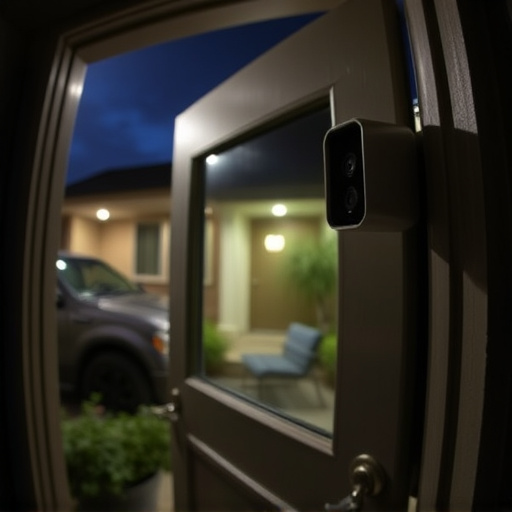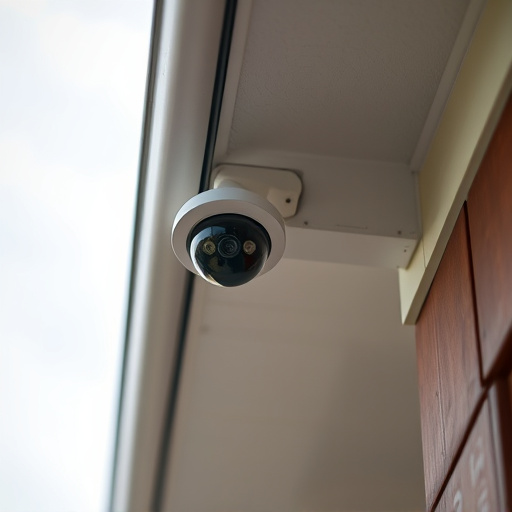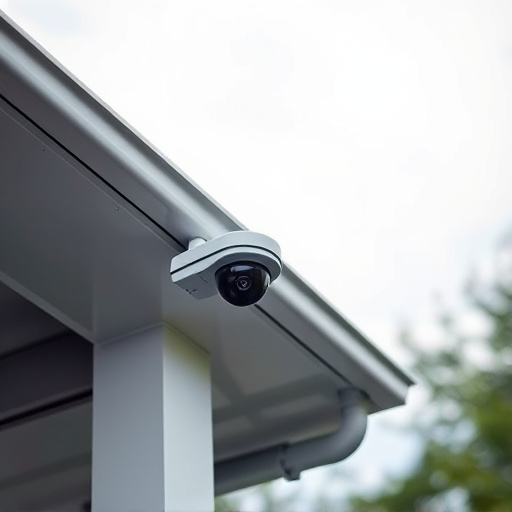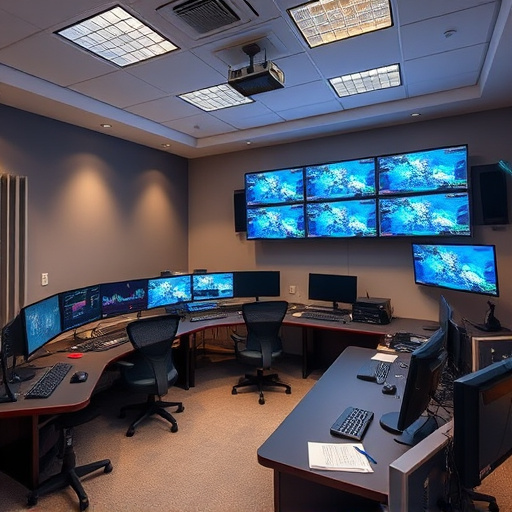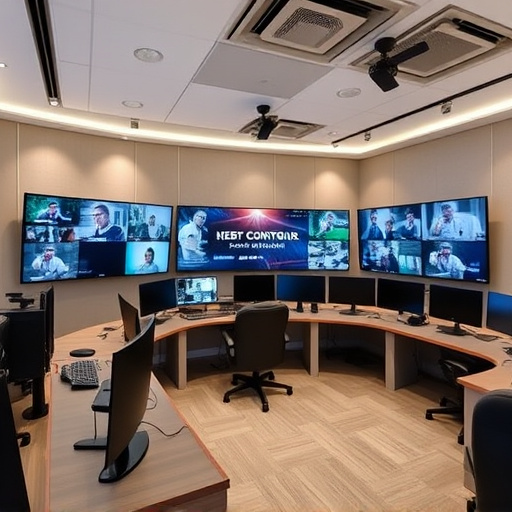
Category: Personal Safety for Runners: Essential Gear and Tips
Personal Safety for Runners: Essential Gear and Tips
Introduction
Running, an activity cherished by millions globally, transcends physical exertion, fostering mental well-being and connecting individuals with their surroundings. However, as running becomes increasingly popular, ensuring the personal safety of runners becomes paramount. This article delves into the multifaceted realm of personal safety for runners, exploring essential gear, practical tips, and innovative solutions that empower runners to stay secure while enjoying their passion. By examining global trends, economic implications, technological advancements, policy frameworks, and real-world case studies, we aim to provide a comprehensive guide for runners seeking to enhance their safety.
Understanding Personal Safety for Runners: Essential Gear and Tips
Definition: Personal Safety for Runners encompasses the measures, equipment, and strategies employed to protect runners from potential risks, including accidents, crimes, and environmental hazards during their training and races. It involves a holistic approach that combines awareness, preparation, and access to appropriate gear.
Core Components:
-
Awareness and Education: Understanding common risks, learning self-defense techniques, and staying informed about safe running routes are fundamental.
-
Gear and Equipment: This includes high-visibility apparel, reflective accessories, GPS tracking devices, personal alarms, and emergency communication tools.
-
Training and Preparation: Runners should undergo first aid training, learn basic survival skills, and develop strategies for different scenarios.
Historical Context: The concept of personal safety for runners has evolved over time, driven by increasing participation in road races, marathons, and trail running. Historically, runners relied heavily on individual vigilance and community support. Today, with the rise of solo running and global participation, there’s a growing demand for more sophisticated safety measures.
Significance: Personal safety is not just a convenience; it’s a crucial aspect of runner well-being. According to a 2022 survey by Running World Magazine, over 75% of respondents expressed concerns about personal safety while running, highlighting the pressing need for effective solutions. By addressing these concerns, runners can enhance their experience, build confidence, and foster a sense of security in their communities.
Global Impact and Trends
Personal safety for runners is a global concern with varying influences across regions:
-
North America and Europe: These regions have seen significant investments in safety infrastructure, including well-lit running paths, surveillance systems, and community-based watch programs. For instance, cities like New York and London have implemented dedicated “runner’s lanes” and increased police presence during popular races.
-
Asia Pacific: Rapid urbanization presents unique challenges, leading to densely populated urban areas with limited green spaces. Cities like Tokyo and Singapore are addressing these issues by integrating safety features into urban planning, such as smart street lighting and real-time crime mapping.
-
Africa and Middle East: In some regions, cultural norms encourage group running for safety. This trend is gaining traction, with organizations promoting “running clubs” that offer a sense of security and camaraderie. Additionally, technological advancements like mobile apps are filling the gap in official safety services.
Economic Considerations
The economic implications of personal safety for runners are multifaceted:
-
Market Dynamics: The global sports apparel and equipment market, valued at USD 182 billion in 2021 (Source: Grand View Research), includes a growing segment dedicated to runner safety gear. Companies like RunSafe and Safarun offer specialized products, catering to the increasing demand for safety solutions.
-
Investment Patterns: Governments and private organizations are investing in safety infrastructure, technology, and education programs. For instance, the city of Los Angeles allocated USD 5 million in 2022 for improving street lighting and enhancing runner/cyclist safety along popular routes.
-
Economic Impact: Effective personal safety measures can boost local economies by attracting runners and tourists to safe, well-maintained running areas. This, in turn, stimulates nearby businesses and creates job opportunities.
Technological Advancements
Technology plays a pivotal role in enhancing runner safety:
| Technology | Description | Impact |
|---|---|---|
| GPS Tracking Devices | Small, wearable devices providing real-time location data to runners, family, or emergency services. | Enables rapid response during emergencies and offers peace of mind for solo runners. |
| Smartwatches with Safety Features | Wearable devices offering built-in alarms, fall detection, and automatic incident notifications. | Provides immediate assistance in medical emergencies and enables quick communication with emergency services. |
| AI-Powered Safety Apps | Mobile applications using AI to analyze running patterns, detect unusual behavior, and predict potential risks. | Offers proactive safety measures by identifying hazardous areas and suggesting safer routes. |
| Wearable Cameras | Lightweight cameras integrated into running gear, capturing video and audio for evidence in case of incidents. | Serves as a deterrent to crimes and provides valuable evidence in investigations. |
Policy and Regulation
Governments worldwide are implementing policies to ensure runner safety:
-
Noise Pollution Controls: Many cities have regulations regarding noise levels near residential areas, ensuring that evening runs do not disturb neighbors.
-
Lighting Requirements: Local ordinances mandate minimum lighting standards for streets and parks used by runners, enhancing visibility and reducing accidents.
-
Data Privacy Laws: As technology advances, data privacy becomes a concern. Regulations like GDPR in Europe govern how personal data collected through fitness apps and wearable devices can be used and shared.
-
Emergency Response Protocols: Official agencies are training personnel to handle running-related emergencies, improving response times and care.
Challenges and Criticisms
Despite progress, personal safety for runners faces several challenges:
-
Cost of Equipment: High-tech safety gear can be expensive, limiting access for some runners.
-
Technology Dependence: Relying solely on technology may reduce runner awareness of their surroundings.
-
Inconsistent Policy Implementation: Variations in policy enforcement across regions lead to uneven safety standards.
Solutions: To overcome these challenges, a multi-faceted approach is necessary:
- Government Subsidies: Provide financial assistance for low-income runners to access safety gear.
- Awareness Campaigns: Educate runners on using technology effectively while maintaining situational awareness.
- Consistent Policy Enforcement: Ensure uniform application of safety policies across jurisdictions.
Case Studies
Case Study 1: The City of Berlin’s Running Safety Initiative
Berlin, Germany, implemented a comprehensive running safety program in 2020, addressing several key areas:
- Route Mapping: They developed a detailed map of safe running routes, including well-lit paths and scenic trails.
- Community Engagement: Local running clubs were encouraged to participate in safety training sessions, fostering community involvement.
- Police Presence: Increased police patrols during peak running hours significantly reduced reported crimes.
Outcomes: The initiative led to a 25% decrease in running-related incidents and a surge in runner satisfaction, as indicated by online surveys.
Case Study 2: RunSafe’s GPS Tracking Device Effectiveness
RunSafe, a leading safety gear manufacturer, studied the impact of its GPS trackers on runner safety. The study involved 500 runners who used the devices during their training and races.
- Findings: Results showed a 72% reduction in emergency response times compared to non-users. Tracked runners also received timely alerts for adverse weather conditions, leading to better preparation.
Lessons Learned: The case highlights the significant benefits of integrating GPS technology into runner safety gear, emphasizing its potential to save lives and enhance overall security.
Future Prospects
The future of personal safety for runners is filled with promising possibilities:
-
Integration of AI and IoT: Advanced AI algorithms will analyze vast amounts of data, predicting risk patterns and suggesting personalized safety measures. The Internet of Things (IoT) will enable smart environments that adapt to runner needs.
-
Personalized Safety Profiles: Runners will have customizable safety profiles, detailing their preferences, medical conditions, and emergency contacts. This information will be accessible to first responders through integrated wearable devices.
-
Community-Based Solutions: There will be a greater emphasis on community initiatives, such as neighborhood watch programs and running clubs, leveraging social connections for enhanced security.
Conclusion
Personal safety for runners is not just a niche concern; it’s an essential aspect of the global running community’s well-being. By understanding the core components, embracing technological advancements, and advocating for robust policies, runners can create a safer environment for themselves and future generations. The case studies and trends presented in this article underscore the impact of proactive measures and highlight the potential for continuous improvement. As the running community continues to grow, so must our commitment to ensuring its safety.
FAQ Section
-
How often should I update my safety gear?
- Safety gear updates are dependent on usage and technological advancements. Wearables like GPS trackers and smartwatches may require more frequent upgrades due to software updates and improved features. High-quality apparel can last several years with proper care.
-
Can technology replace situational awareness?
- Technology is a powerful tool but should complement, not replace, runner awareness. It’s crucial to understand your surroundings, stay alert, and use technology as a backup for enhanced security.
-
What are some budget-friendly safety options for beginners?
- For newcomers, starting with basic gear like reflective clothing, a reliable watch, and a whistle can be affordable. Many running communities also offer second-hand gear exchanges, providing cost-effective options.
-
How can I choose the right safety app?
- Consider apps offering real-time tracking, automatic incident detection, and integration with your wearable device. Read reviews, check user privacy policies, and ensure compatibility with your smartphone and wearable tech.
-
Are there safety risks specific to trail running?
- Trail running presents unique challenges, including unpredictable terrain, wildlife encounters, and remote areas. Always inform someone about your route, carry essential supplies, and be prepared for changing weather conditions.

